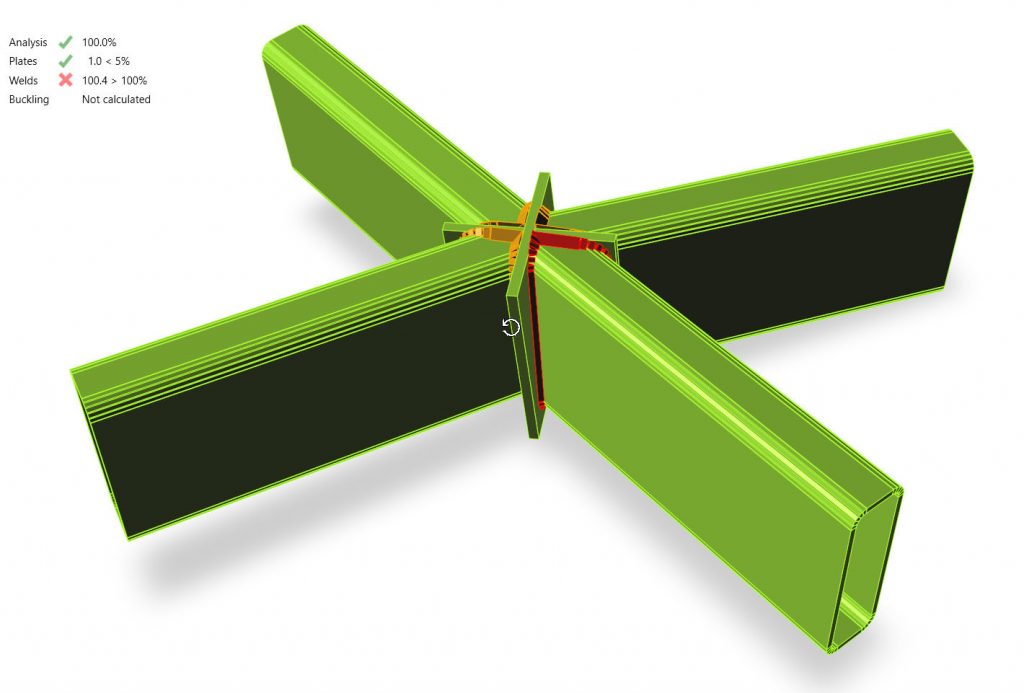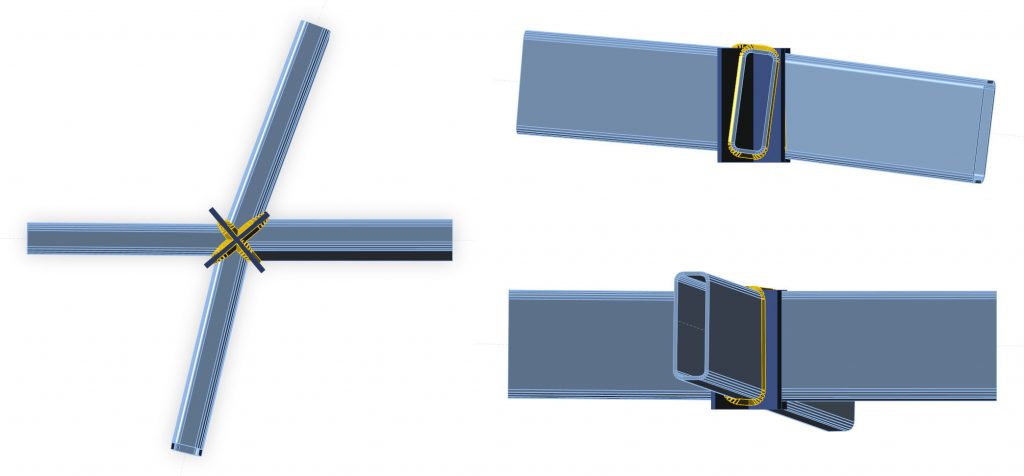Are simple steel connections always simple?
Are Simple steel connections always simple? Since the first launch of IDEA StatiCa in 2014, it became very clear that this new technology was about to revolutionize the way that structural engineers design steel connections. It was (and is) the only software in the world that provides total freedom in the topology and loading of the joint. As a result, structural engineers around the world started to use it to design connections very easily. Until recently, connection design was a total nightmare and incredibly time-consuming, and using IDEA StatiCa helps achieve a very high level of productivity and safety. More importantly, IDEA StatiCa allowed a structural engineer to design alternatives efficiently and come up with the most optimal, economically, and safe solution for the design intent. This added flexibility and ability to design complex connections in a simple way has led to IDEA often being considered by engineers as a tool mainly for complex connections featuring multiple members, complicated loading and non-standard plate geometries.
In this article, we wanted to show, through customer examples, that IDEA StatiCa can be extremely useful even for “common” connections that are used in modern structures that, although superficially simple, are practically impossible to check with any of the existing connection design software tools in the market.
Simple Steel Connection: Multiplanar hollow section joint with division plates
In the following picture, you can see a welded spaceframe connection made using 4 RHS members – part of a diagrid dome – where the members are welded together through 2 cross-shaped plates (division plates). This type of configuration – which doesn’t seem to be a ‘complex’ connection – is not covered by the Eurocode, and requires ‘hand’ calculations and several assumptions to be made. Considering that the dome consists of around 300 similar connections, it is very easy to understand the productivity gains and the savings that can be achieved by using IDEA StatiCa in this project.


Even more, the member angles, which are not perpendicular to the plates, create an additional difficulty to this project in terms of loading and component checks.
Simple Steel Connection: Multi-cross sectional joint with custom gusset plate
This connection from one of our customers demonstrates how 3 different cross-section types (UB, RHS & UNP) can be connected through a custom-shaped gusset plate. The joint geometry places this design out of the scope of any of the standard connection software packages in the market, simply because this type of configuration is not covered by the design codes. What otherwise seems to be a very simple multiplanar configuration, requires engineering judgement, assumptions and the resulting hand calculations (or additional checks) to be made to compensate.


With the general approach of IDEA StatiCa based on the CBFEM method, the limitations of the Component Method are bypassed, and we can check all elements of the connection (plates, bolts and welds) according to the code within minutes!
Buckling Analysis
In addition to the standard stress/strain analysis that is used for the check of all the elements, when the structure is susceptible to buckling, we must make sure that it can reach its maximum load without losing stability (as stated in EN 1993-1-5). IDEA StatiCa accommodates this requirement and allows the user to perform a linear buckling analysis, providing the resulting buckling factors for the applied loading. It is important here to distinguish between global buckling (buckling of whole members) and local buckling (buckling of individual plates). In the case of global buckling (the plate is an extension of a member), it is necessary to check that the critical factor is larger than 15. For the cases of local buckling we need to check that the critical factor is higher than 3, otherwise the connection is susceptible to buckling.

Conclusions:
It is very difficult to cover all the different aspects and advantages of IDEA StatiCa. However, with these 2 simple examples, we hope that it becomes clearer what this technology can bring to the practicing engineer, and how seemingly simple joint configurations could benefit from the advanced simulation enabled by the CBFEM method underpinning IDEA Connection. This extra level of comprehensiveness and deep understanding of a steel connection’s real behaviour provides the engineer with a great deal of safety, not to mention productivity and quality gains.
To experience all these yourself, you can download a free trial of the software by clicking here



